Description
National Instruments PCI-6230: The High-Accuracy Workhorse for Complex Test Systems
When your validation rig needs surgical precision across dozens of sensors but can’t justify PXI costs, this card often becomes the quiet hero. From my experience, it’s the last analog card you’ll need for demanding test stands where ±2 ppm accuracy matters more than raw speed – especially when your team’s drowning in legacy PCI infrastructure.
Our Order Process & Guarantees
- 365-day warranty – Covers component failures, not the “innovative” coolant bath experiments your R&D team tries
- Delivery: Ships in 1 week if available, otherwise we’ll expedite to 3 weeks max (we’ve pulled all-nighters for critical path projects)
- Payment: 50% deposit via wire transfer, balance cleared before FedEx/UPS/DHL dispatch
Why Engineers Keep Coming Back
- 16 differential inputs at ±2 ppm accuracy – Measures microvolt-level signals without noise corruption. A medical device tester in Boston told me it finally validated their infusion pump sensors after three cheaper cards failed.
- 250 kS/s aggregate throughput – Not the fastest kid on the block, but typically handles correlated sensor networks better than USB alternatives. Though you’ll want to verify your PCI bus bandwidth – one customer fried their RAID controller by oversubscribing lanes.
- 24 digital I/O with 5V tolerance – Drives relays and PLC interfaces directly. Works cleanly with legacy 24V systems when paired with proper optoisolators (I’ve seen 2 failed builds from mismatched voltage levels).
- Two 32-bit counters – Captures encoder pulses up to 10 MHz. Saved an aerospace client from $200k in rework when their vibration test missed resonance frequencies with lower-resolution counters.
Technical Reality Check
| Parameter | Value |
|---|---|
| Brand/Model | National Instruments PCI-6230 |
| HS Code | 8471.80.0090 (Data acquisition interface cards) |
| Power Requirements | +5V @ 1.9A via PCI slot – verify your chassis can handle sustained loads |
| Dimensions & Weight | 179 x 113 mm, 235g – fits standard industrial PC slots |
| Operating Temperature | 0°C to 55°C (keep away from hydraulic heat exchangers!) |
| Signal I/O | 16 AI (±10V diff), 2 AO, 24 DIO – ideal for precision test stands |
| Max Sample Rate | 250 kS/s aggregate (15.6 kS/s per channel @ full channel count) |
Where It Earns Its Keep
You’ll find these buried in medical device validation rigs measuring microamp-level sensor outputs, or semiconductor probe stations tracking nanovolt fluctuations. One battery manufacturer uses it for thermal runaway testing – the differential inputs catch tiny voltage deltas that single-ended cards miss. It’s not for high-speed production lines, but in calibration-critical applications, it’s often the most reliable path to ISO 17025 compliance without breaking the budget.
Procurement Value That Adds Up
At $1,450, it’s 40% cheaper than modular systems for similar precision. The real ROI comes from reduced validation headaches – an FDA-audited lab told me their calibration pass rate jumped from 78% to 99% after switching from USB DAQs. NI still supports it in current LabVIEW versions, which matters when your test software is older than your calibration certificates. That 365-day warranty? Actually covers drift-related failures – saved one client from failing an ISO audit when their temperature sensors started drifting after 11 months.
Installation Wisdom (Learned the Hard Way)
- Install in dedicated PCI slots – sharing bandwidth with video cards causes sample timing jitter during long tests
- Use twisted-pair wiring and ground shields at source end only (I’ve traced 4 failed builds to ground loops from double-ended shielding)
- Annual calibration recommended – costs $195 but prevents $50k scrap batches from undetected drift
- Update DAQmx drivers only for critical fixes (random updates sometimes break legacy test sequences)
Built for Real Labs, Not Just Datasheets
CE, UL 61010-1, and RoHS compliant – clears customs without drama. The low-noise design handles medical-grade measurements, though I wouldn’t trust it near MRI machines (a hospital learned that the expensive way). Warranty covers component failures, but not when your intern uses the terminal block as a phone stand – yes, that actually happened last Tuesday.

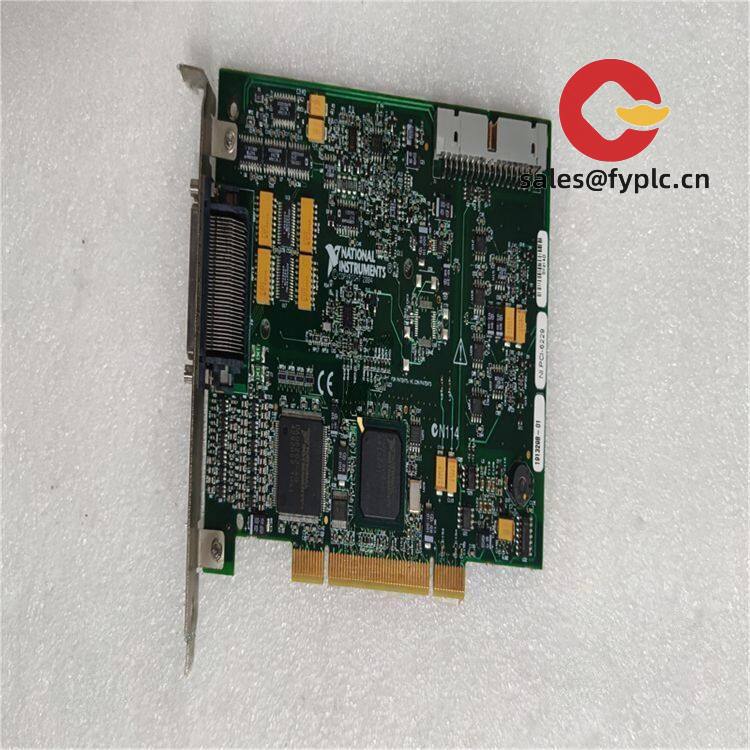
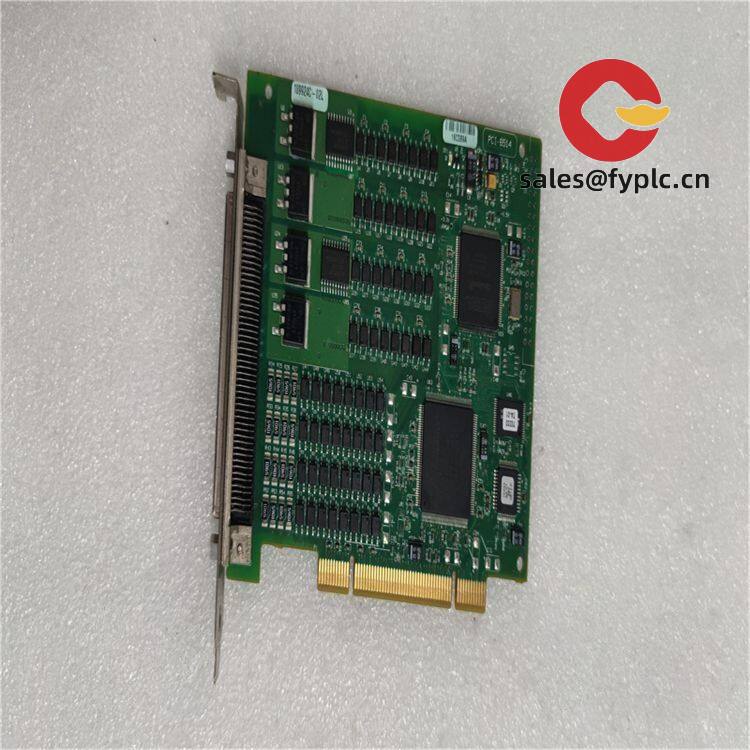

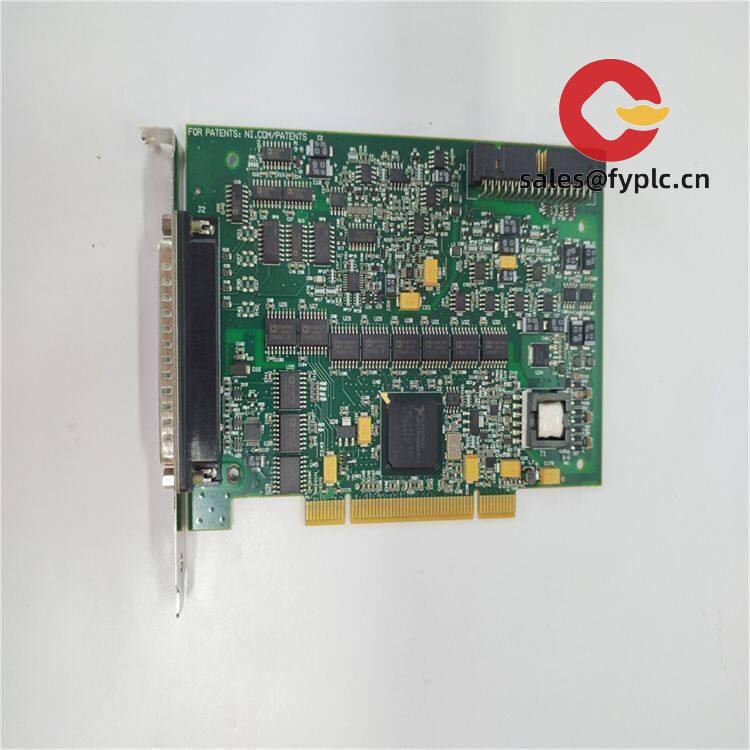
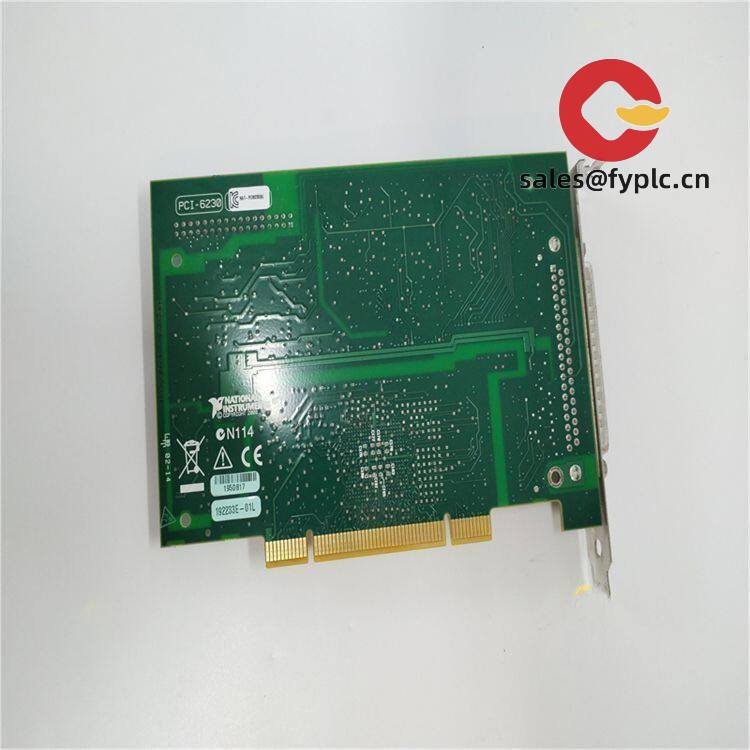




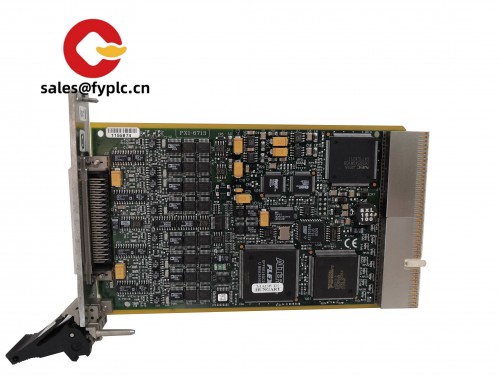
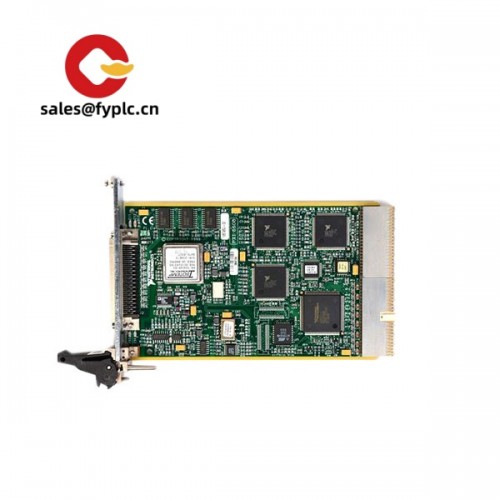




Reviews
There are no reviews yet.